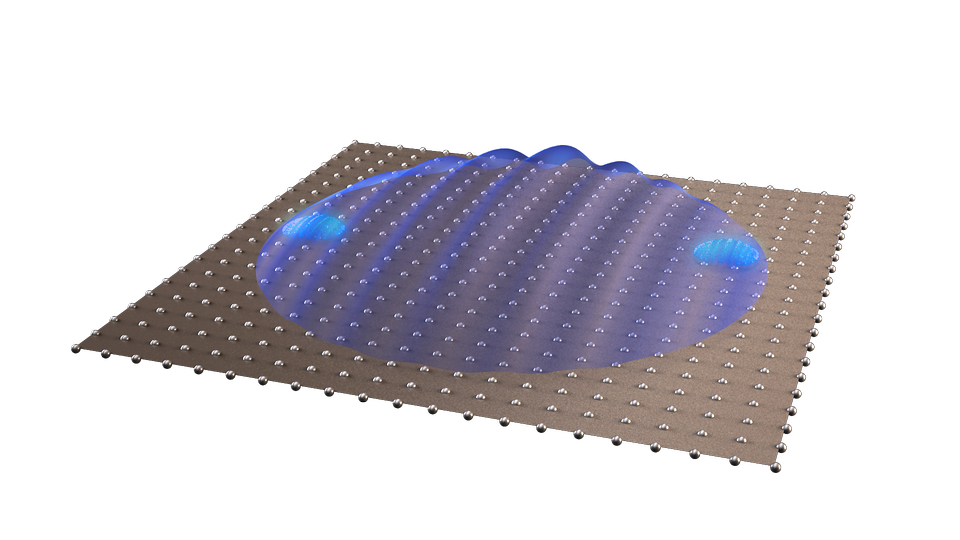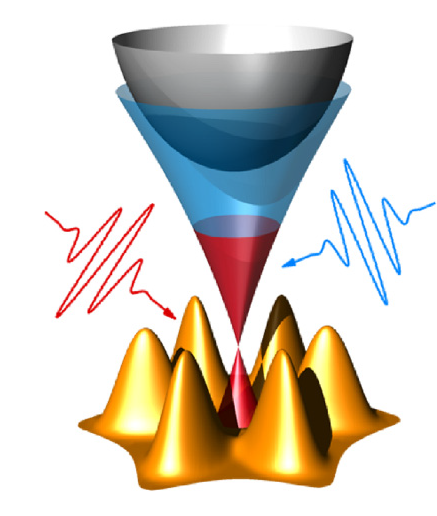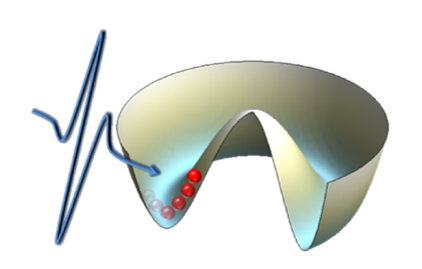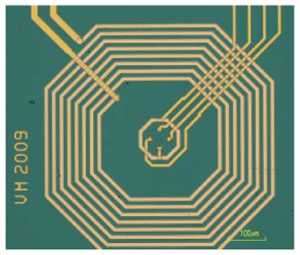New Electronic States
New Electronic States (NEE) Research
Materials adopt extremely varied behaviors because each one of them has an original electronic structure which determines whether it will be, for example, metallic, semiconductor or magnetic. This variety plays a key role in the field of electronics since it allows the realization of a wide range of devices such as field effect transistor, solar cells or magnetic memories. All these properties are consequences of electronic excitations hosted by solids whose characteristic frequencies range from very low frequencies (Hz) to optical frequency via THz.

Modern science has made it possible to highlight novel and exotic materials with remarkable properties, such as low-dimensional conductors, topological insulators, superconductors or perovskites. The research within the NEE group aims to highlight and control New Electronic States in these materials by exploring the excitation spectrum through different complementary approaches: the FEMTOAPRES project (Angle and time resolved Photoelectron Spectroscopy), TeraX Lab (THz) and the transport properties of electrons or phonons in extreme conditions (ExtremeT). This allows a complete characterization of the electronic properties of these materials since one has access to their band structures, as well as to their collective electronic modes, their properties of quantum coherence and their low energy excitations. To this end, the NEE group also uses innovative approaches to characterize heterostructures and the controlled creation of defects by irradiation.
Permanents members
Catherine Corbel
Adrien Gourgout
Gaël Grissonnanche
Marcin Konczykowski
Yannis Laplace
Artem Levchuk
Luca Perfetti (Responsable de groupe)
Stefano Ponzoni
Post-Docs
Guénolé Huitric
Research projects
|
|
|
|
 |
|
|





